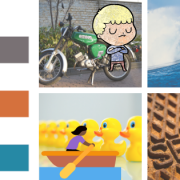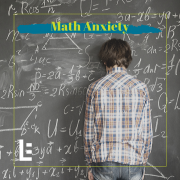504 vs. IEP for Parents

Individualized Education Plans (IEP) and 504 Plans, while similar in that they support students’ needs, are also quite different when it comes to how they support students and how they are implemented within the school system. Below is a useful outline to help parents, educators, and children differentiate between the two services.
| EXPLANATION | 504 | IEP |
| In simple terms, what is each plan? | An educational outline designed to help students access their learning in school | An educational outline designed to map out a student’s special education experiences throughout their schooling |
| How does each plan work? | For students with disabilities or major health impairments, a 504 provides specific modifications or accommodations so that learning is not impeded or interfered with | For students with at least one of the specific learning disabilities listed in Individuals with Disabilities Education Act (IDEA), an IEP guarantees specialized modifications, accommodations, and instructional services so that learning obstacles are removed |
| Who qualifies according to the law? | A child with a disability, health condition, or medical need that substantially limits or interferes with a student’s daily life functioning qualifies for a 504 under Section 504 of the Rehabilitation Act | A child with a specific learning disability listed in IDEA, including attention difficulties, is affected to the point that their learning needs cannot be met in the general education system alone. A student qualifies under the Individuals with Disabilities Education Act |
| How does the evaluation work in schools? | Students must be evaluated and diagnosed by a professional, but parents typically must acquire the diagnosis on their own | Students must be evaluated and diagnosed with a documented learning disability that affects their success in a general education classroom. Students can be evaluated by the school’s psychologist or request a private, outside evaluation |
| Who has a hand in the creation of each plan? | The guidelines for the 504 are less restrictive; typically the parents, teachers, any special educators who are familiar with the child, administration create the plan | Legally, the creation of an IEP is more specific, and usually includes the parents, one or more of the child’s general education teachers, a school psychologist or private specialist at the request of the parents, the child’s special education case manager, and usually the schools special education department head |
| What are the key aspects of each plan? | Again, a 504 plan is the less restrictive of the two; it will typically include a list of accommodations, classroom or instructional modifications, health care instructions or details, and how teachers and other school personnel will implement and track the student’s progress | Since the IEP is a signed, legal document, it is more extensive; it will include past and current academic data points, test scores, evaluation findings, and any other cognitive, behavioral, or social test results. Based on these score reports and teacher reports, the IEP team will draft academic, social, and/or behavioral goals for the student to work towards. The plan will also include how the progress will be measured/assessed, which instructional and testing accommodations will be used, and supplementary aides and services that the school will provide with the help of the special education department. Finally, the IEP plan will include details about the frequency of the accommodations and how the student will participate in standardized testing. |








